#Pomegranates
Text
"Would you peel an orange for me?"
I would peel a pomegranate for you.
#peeling pomegranates are a declaration of love#imagine ripping through the skin of the fruit to unearth the hidden rubies#love#love quotes#oranges#orange#orange peel#pomegranates#pomegranate#pomegranate seeds#yearning#dark academia#light academia#aesthetic#hozier#dark acadamia aesthetic#dark academia quotes#persephone#hades#hades and persephone#hades and kore#goddess persephone#kore
33K notes
·
View notes
Text

The Lonely Apothecary
#art#pomegranates#fantasy#had time to draw for myself.. fell to my knees crying#prince joyful and knight wayward#Rage the Fisherwoman and Deceitful the Apothecary
3K notes
·
View notes
Text


my poor cannibal is sad :((
prints, stickers, aprons (lol) available on my redbubble
#digital art#artists on tumblr#procreate#hannibal#hannibal nbc#hannigram#will graham#cannibalism as a metaphor for love#pomegranates
906 notes
·
View notes
Text

'The Pomegranate Tree' (1907) embroidered by Lady Jane Cory (nee Lethbridge, 1866-1947). Designed by Nellie Whichelo possibly based on a 1904 design by Alexander Fisher called 'Rose Tree.'
Embroidered in woollen worsted and silk threads on linen.
Image and text information courtesy Museum of New Zealand
Te Papa Tongarewa.
769 notes
·
View notes
Text
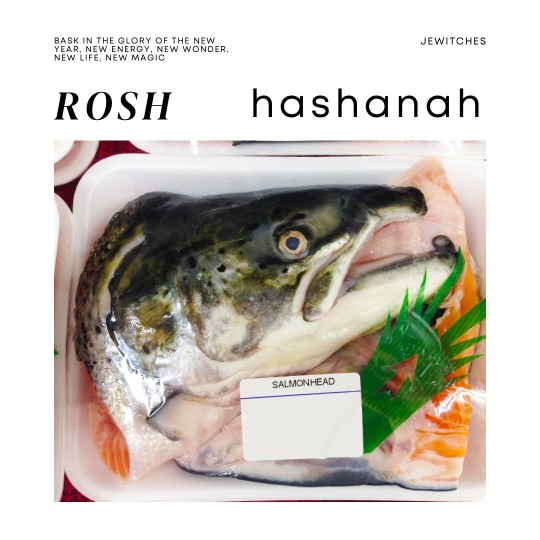

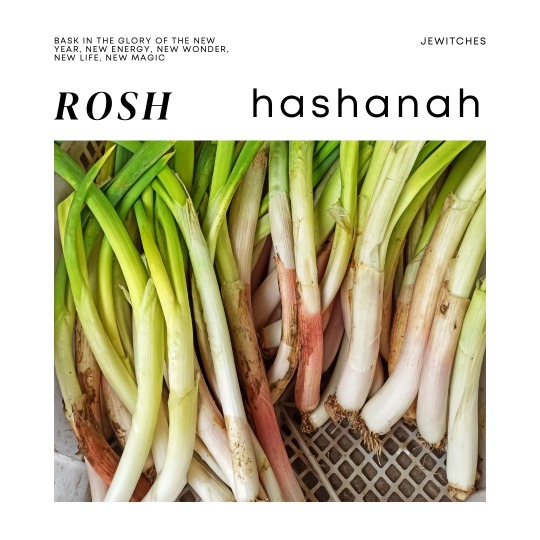

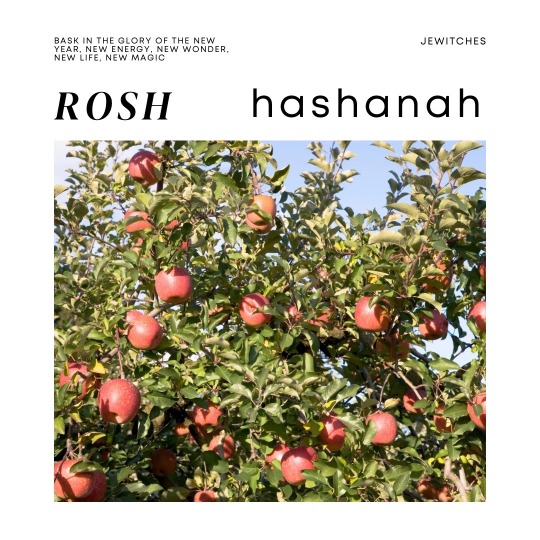
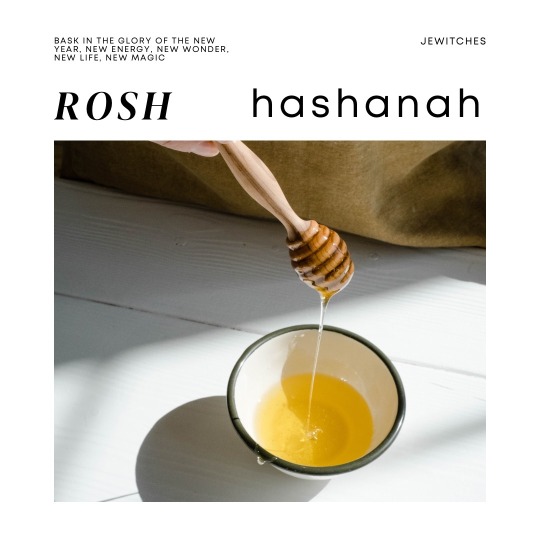

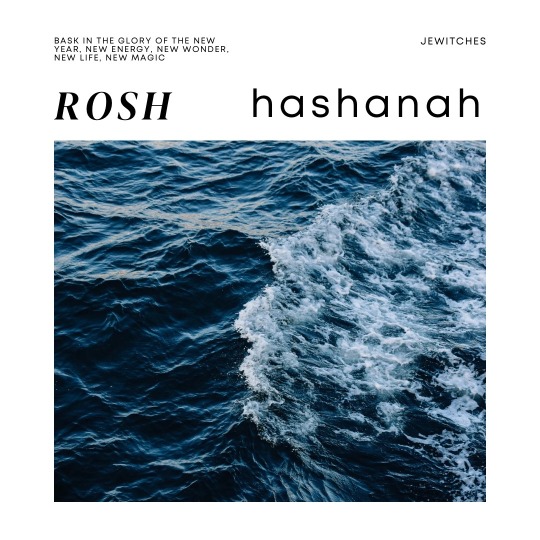
Fish Head: Rosh Hashanah means head of the year. Rosh = head, ha = the, shanah = year. We eat the heads of various animals to symbolize the head of the new year. Vegans/vegetarians may also eat a head of cabbage or lettuce.
Figs: Figs are one of the sacred foods.
Leeks: One of the Simanim, represents asking for protection and cutting our enemies off.
Pomegranates: One of the sacred foods, pomegranates are believed to contain 613 kernels, representing the mitzvot as well as fertility and bounty.
Apples: Eaten to bring sweetness to the new year, typically dipped in honey or baked into a cake.
Honey: While it was historically date honey, honey is believed to be a sacred food. It is eaten at the new year to bring in sweetness. Often baked into a cake.
Dates: One of our sacred foods, eaten to bring sweetness to the new year.
The Ocean: At Tashlikh, we cast our sins into the depths. We use living waters, like the great sea.
#jewish#jewitches#judaism#jumblr#jewitch#jewish magic#rosh chodesh#rosh hashanah#pomegranates#figs#fish head#simanim
1K notes
·
View notes
Text
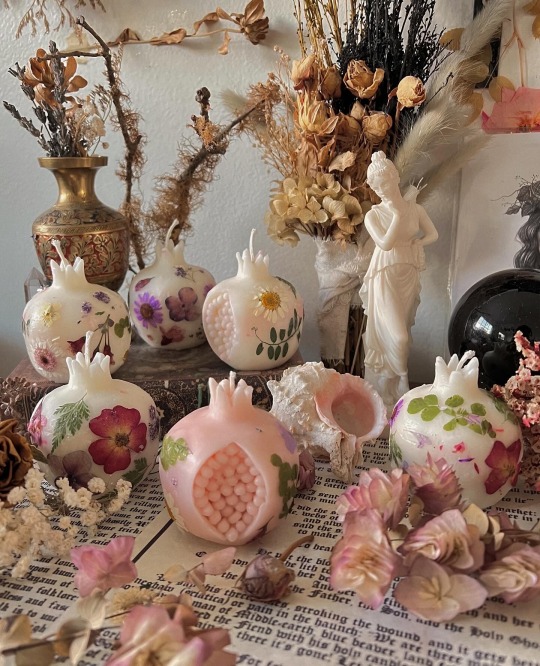
Floral pomegranates to burn on the Spring Equinox!
#witchcraft#witchy things#hedgewitch#green witch#eclectic witch#altardecor#pagan witch#pagancommunity#witchy vibes#candle magick#pomegranates#Persephone#persephone devotee#demeter#hades and persephone
410 notes
·
View notes
Photo
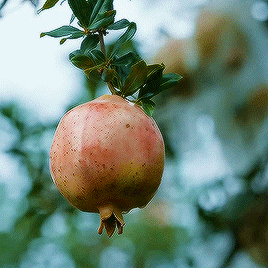
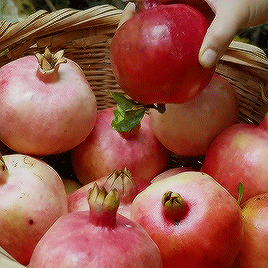

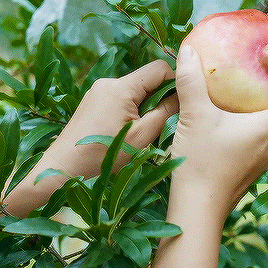
— pomegranates .
2K notes
·
View notes
Text

— Pomegranate, D. H. Lawrence
1K notes
·
View notes
Text
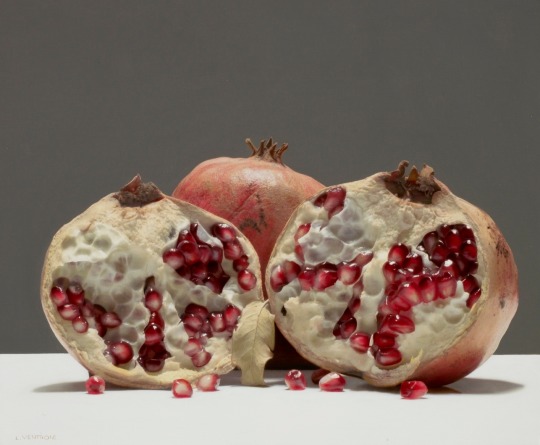
Luciano Ventrone (Italian, b. 1942)
Accoglienza, 2014
Oil on canvas
419 notes
·
View notes
Text
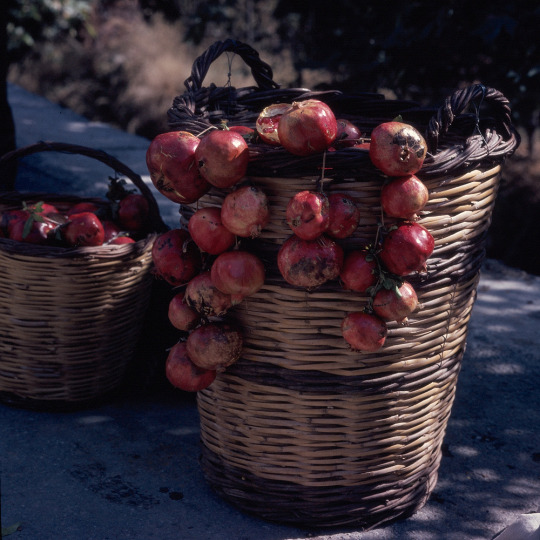
Konrad Helbig, Pomegranates
Greece, 1969
569 notes
·
View notes
Photo

~ Red and Green ~
513 notes
·
View notes
Text


Ghassan Zaqtan, tr. by Fady Joudah, from The Silence That Remains: Selected Poems (1982-2003); "Old reasons"
[Text ID: “The heart’s pomegranate” / “رمّانة القلب”]
#ghassan zaqtan#palestinian literature#pomegranates#excerpts#writings#literature#poetry#fragments#selections#words#quotes#poetry collection#typography#poetry in translation
518 notes
·
View notes
Text
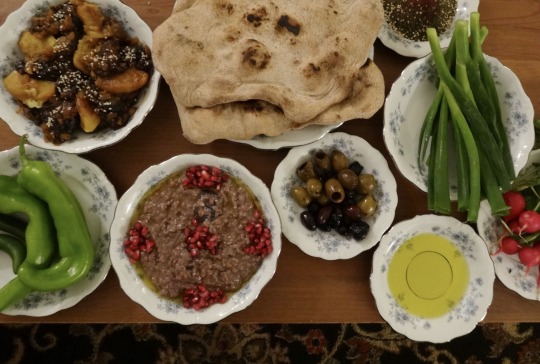

[ID: A purplish-grey stew topped with olive oil and garnished with piles of pomegranate seeds. Plates of green peppers, bitter olives, olive oil, taboon bread, green onions, radishes, and za'tar surround the dish. The second image is a close-up of the same stew. End ID]
رمانية / Rummāniyya (Palestinian pomegranate stew)
Rummaniyya (رُمَّانِيَّة; also transliterated "rumaniyya," "rummaniya," and "rummaniyeh") is a Palestinian stew or dip made from lentils, eggplant, and pomegranate seeds, flavored with nutty red tahina and a zesty, spicy دُقَّة (dugga) of dill seeds, garlic, and peppers. A طشة (ṭsha), or tempering, of olive oil and onion or garlic is sometimes added.
"Rummaniyya," roughly "pomegranate-y," comes from رُمَّان ("rummān") "pomegranate," plus the abstract noun suffix ـِيَّة ("iyya"); the dish is also known as حبّة رُمَّانَة ("ḥabbat rommāna"), or "pomegranate seeds." It is a seasonal dish that is made at the end of summer and the beginning of fall, when pomegranates are still green, unripe, and sour.
This stew is considered to be one of the most iconic, historic, and beloved of Palestinian dishes by people from Gaza, Yaffa, and Al-Ludd. Pomegranates—their seeds, their juice, and a thick syrup made from reducing the juice down—are integral to Palestinian cuisine and heritage, and images of them abound on ceramics and textiles. Pomegranates and their juice are sold from street carts and cafes in the West Bank and Gaza.
Today, tens of thousands of tons of pomegranates are grown and harvested by Israeli farmers on stolen Palestinian farmland; about half of the crop is exported, mainly to Europe. Meanwhile, Palestinians have a far easier time gaining permits to work on Israeli-owned farms than getting permission from the military to work land that is ostensibly theirs. These restrictions apply within several kilometers of Israel's claimed borders with Gaza and the West Bank, some of the most fertile land in the area; Palestinian farmers working in this zone risk being injured or killed by military fire.
Israel further restricts Palestinians' ability to work their farms and export crops by imposing tariffs, unexpectedly closing borders, shutting down and contaminating water supplies, spraying Palestinian crops with pesticides, bulldozing crops (including eggplant) when they are ready to be harvested, and bombing Palestinian farmland and generators. Though Palestinian goods have local markets, the sale of Palestinian crops to Israel was forbidden from 2007 to 2014 (when Israel accepted shipments of goods including tomato and eggplant).
Gazans have resisted these methods by disregarding orders to avoid the arable land near Israel's claimed borders, continuing to forage native plants, growing new spices and herbs for export, planting hydroponic rooftop gardens, crushing chalk and dried eggplants to produce calcium for plants, using fish excrement as fertilizer, creating water purification systems, and growing plants in saltwater. Resisting Israeli targeting of Palestinian food self-sufficiency has been necessary for practical and economic reasons, but also symbolizes the endurance of Palestinian culture, history, and identity.
Support Palestinian resistance by calling Elbit System's (Israel's primary weapons manufacturer) landlord; donating to Palestine Action's bail fund; and buying an e-Sim for distribution in Gaza.
Serves 6-8.
Ingredients:
For the stew:
1 medium eggplant (370g)
1 cup brown lentils (عدس اسود)
600g pomegranate seeds (to make 3 cups juice)
3 Tbsp all-purpose flour
1/4 cup red tahina
1/2 cup olive oil
Salt, to taste
Citric acid (ملح الليمون / حامِض ليمون) (optional)
Red tahina may be approximated with home cooking tools with the above-linked recipe; you may also toast white tahina in a skillet with a little olive oil, stirring often, until it becomes deeply golden brown.
For the دُقَّة (dugga / crushed condiment):
2 tsp cumin seeds, or ground cumin
1 1/2 Tbsp dill seeds ("locust eye" بذور الشبت / عين جرادة)
5 cloves garlic
1 green sweet pepper (فلفل بارد اخضر)
2 dried red chilis (فلفل شطة احمر)
People use red and green sweet and chili peppers in whatever combination they have on hand for this recipe; e.g. red and green chilis, just green chilis, just red chilis, or just green sweet peppers. Green sweet peppers and red chilis are the most common combination.
For the طشة (Tsha / tempering) (optional):
Olive oil
1 Tbsp minced garlic
Instructions:
1. Rinse and pick over lentils. In a large pot, simmer lentils, covered, in enough water to cover for about 8 minutes, or until half-tender.
2. Meanwhile, make the dugga by combining all ingredients in a mortar and pestle or food processor, and grinding until a coarse mixture forms.

Dugga and components.
3. Cube eggplant. A medium-sized eggplant may be cut in half lengthwise (through the root), each half cut into thirds lengthwise, then cubed widthwise.


Cubed eggplant, red tahina, and pomegranate seeds.
4. Add eggplant to simmering water (there is no need to stir).
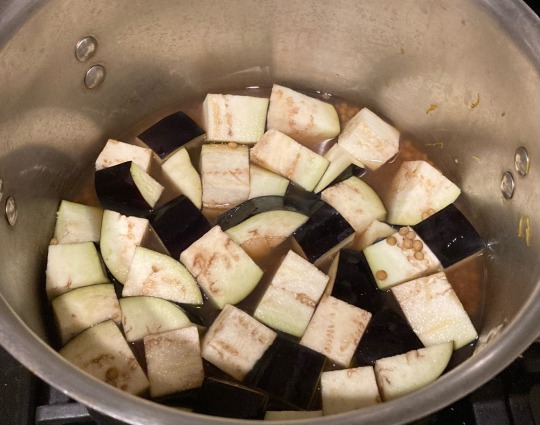
5. While the eggplant cooks, blend pomegranate seeds in a blender very thoroughly. Strain to remove any gritty residue. Whisk flour into pomegranate juice.

Pomegranate juice being strained.
6. Taste your pomegranate juice. If it is not sour, add a pinch of citric acid or a splash of lemon juice and stir.
7. Add dagga to the pot with the lentils and eggplant and stir. Continue to simmer until the eggplant is very tender and falling apart.
8. Add pomegranate juice, tahina, and olive oil to the pot, and simmer for another 5 minutes, or until stew is very thick and homogenous.

Bright pink pomegranate juice in stockpot.
9. (Optional) In a small skillet, heat a little olive oil on medium. Fry minced garlic, stirring constantly, until golden brown. Add into the pot and stir.
10. (Optional) Mash the stew with the bowl of a ladle or a bean masher to produce a more homogenous texture.
Serve rummaniyya hot or cold in individual serving bowls. It may be served as an appetizer, or as a main dish alongside flatbread, olives, and fresh vegetables such as radishes, green peppers, green onions, carrots, and romaine lettuce. It may be eaten with a spoon, or by using كماج (kmāj), a flatbread with an internal pocket, to scoop up each bite.
557 notes
·
View notes
Text

fruit! get your fruit! fresh fruit! - transmonstera
[IMAGE ID:
"I AM THE TRANSSEXUAL WHO TRANSITIONED FOR SEXUAL GRATIFICATION THE GOVERNMENT WARNED YOU ABOUT" in black text with a white shadow/border. the background is a collage of various peaches and pomegranates. yellow stickers with "fresh fruit for sale!" are dotted about the page, including being used to censor the word "sexual". END]
#trans art#trans writing#poetry#trans poetry#trans collage#collage art#queer collage#collage#fruit collage#fruit#peaches#pomegranates#transgender#transsexual#transition#queer#gay#lgbt#transmonstera
2K notes
·
View notes
Text

Pomegranate Photography by Vladislav Loktev
"Something is rotten inside of me / I have to find it and / Cut it out / Cut it out" from House Song by Searows
242 notes
·
View notes
Text
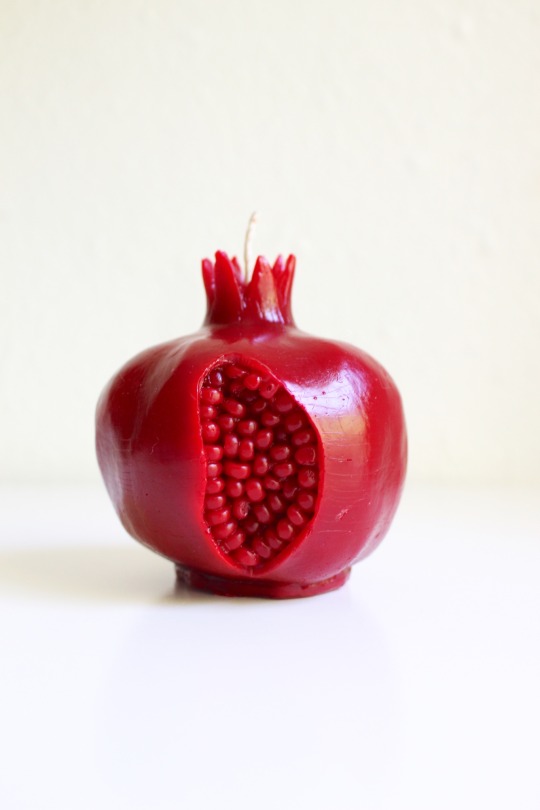


Crimson Beeswax Pomegranate Candles, Handmade in Los Angeles | PRE-ORDER
#jewish#jewitches#judaism#jumblr#jewitch#jewish magic#witchcraft#magic#witchblr#witchy#pomegranate art#pom#pomegranates#pomegranate#candles#candle#beeswax#beeswax candle#shop small
1K notes
·
View notes